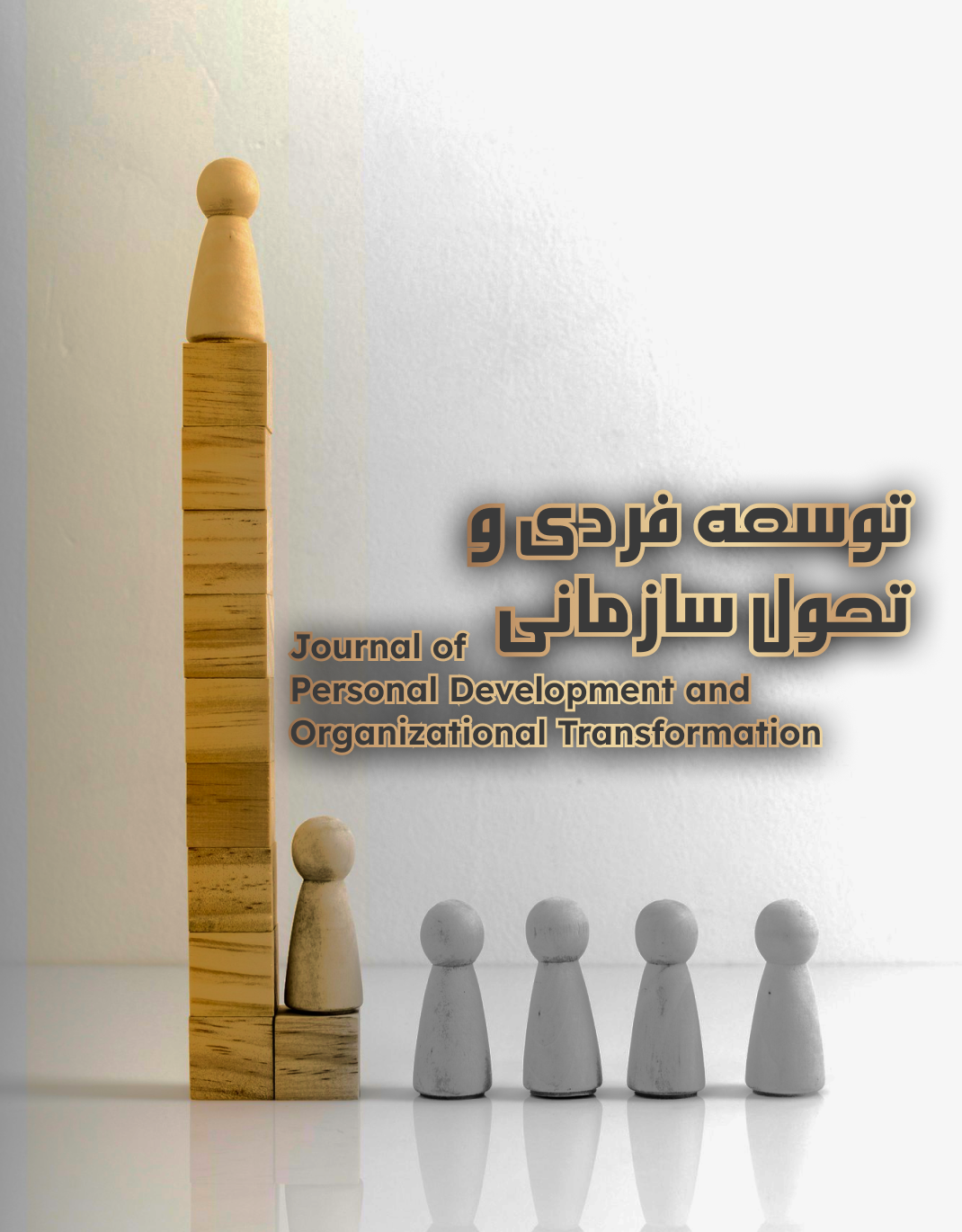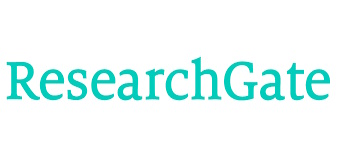ارائه الگوی خدمات عمومی نوین با رویکرد توسعه پایدار شهری در شهرداریها
کلمات کلیدی:
خدمات عمومی, خدمات عمومی نوین, توسعه پایدار شهریچکیده
در دنیای پرچالش کنونی، ارائه خدمات عمومی نیازمند بازنگری بنیادین با تکیه بر اصول پایداری و مشارکتمحور بوده و توسعه پایدار شهری، مستلزم الگویی است که فراتر از رویکردهای سنتی، به ابعاد محیطی، اجتماعی و نهادی خدمات عمومی توجه داشته باشد. این پژوهش با رویکردی کیفی و تفسیرگرایانه، در پی طراحی الگویی برای خدمات عمومی نوین با تأکید بر اقتضائات توسعه پایدار در بافت شهری ایران بودهاست. روش تحقیق کیفی بوده و جامعه آماری در بخش طراحی الگو، اعضاء هیئت علمی رشتههای مدیریت دولتی، مدیریت شهری، شهرسازی و برنامهریزی شهری در مراکز آموزش عالی و شهرداران، اعضاء شورای اسلامی شهرها و مدیران عالی شهرداریهای کشور و در بخش اعتباریابی، صاحبنظران و کارشناسان آگاه به موضوع پژوهش در استان مازندران بود. در بخش کیفی با روش نمونهگیری گلوله برفی تعداد 19 خبره و در بخش اعتباریابی با روش نمونهگیری هدفمند، 17 خبره انتخاب شد. ابزار گردآوری اطلاعات، در بخش کیفی مصاحبه نیمه ساختاریافته و در بخش اعتباریابی، چک لیست خبره سنجی بوده و برای تحلیل دادهها، در بخش کیفی از روش تحلیل مضمون با کدگذاری اولیه، ساخت مضامین و پالایش مضامین در نرم افزار Atlasو در بخش اعتباریابی از روش دلفی در طی سه مرحله و در نرم افزار SPSS استفاده گردید. برای تعیین روایی و پایایی در بخش کیفی، از بررسیهای لازم شامل مقبولیت (بازنگری خبرگان) و قابلیت تائید (بازبینی خبرگان)، استفاده شده و در مرحله اعتباریابی، محتوای چک لیست خبره سنجی از نظر قابل فهم بودن و گویا بودن مورد تائید چند تن از خبرگان دانشگاهی و سازمانی قرار گرفته و پایایی آن با روش آزمون مجدد، 88/0 محاسبه و تأیید گردید. طبق نتایج بخش کیفی، الگوی نهایی دارای 6 تم اصلی بشرح: 1. حکمرانی پایدار و مشارکتی، 2. عدالت اجتماعی و فراگیرشدن خدمات، 3. مدیریت منابع و محیطزیست پایدار، 4. فناوری و نوآوری در خدمات عمومی، 5. پایداری اقتصادی و توانمندسازی مالی و 6. فرهنگسازی و آموزش شهروندی، 24 تم فرعی و 96 معیار بودهاست. نتایج بخش اعتباریابی، حاکی از تائید تمهای اصلی و فرعی شناسایی شده در بخش کیفی بود.
دانلودها
مراجع
Barney, J. B., & Arikan, A. M. (2021). The resource-based view: Origins and implications. In R. E. F. M. A. Hitt & J. S. Harrison (Eds.), (pp. 124-147). Blackwell Publishing. https://www.scirp.org/reference/referencespapers?referenceid=2301136
Bechtsis, D., Panopoulos, D., Vlachopoulou, M., & Nikolaidou, A. (2024). Strategic intelligence in the digital transformation of public and private organizations: Comparative insights. Government Information Quarterly, 41(1), 101-119. https://doi.org/10.1016/j.giq.2023.101119
Grant, R. M. (1996). Toward a knowledge-based theory of the firm. Strategic management journal, 17(11), 109-122. https://doi.org/10.1002/smj.4250171110
Hakim, A. M., & Sohrabi Yourchi, B. (2021). Developing Strategic Capabilities Using Strategic Intelligence Capacity. Journal of Soft Power Studies, 11(24), 35-71. https://www.spba.ir/article_132185_1c24500e9820db9684705de1a9df7a5c.pdf
Hamuda, O. A., & Elshref, H. A. (2024). Strategic intelligence and its impact on enhancing organizational culture: A study on senior management staff at Misurata University. Kufa Journal of Economics and Administrative SciencesVL - 14(51), 141-160. https://doi.org/10.36322/kuey.v14i51.5947
Helfat, C. E., & Raubitschek, R. S. (2020). Dynamic and integrative capabilities for profiting from innovation in digital platform-based ecosystems. Research Policy, 49(8), 103124. https://doi.org/10.1016/j.respol.2020.103124
Liebowitz, J., Paliszkiewicz, J., & Gołuchowski, J. (2023). Strategic intelligence in the age of digital transformation: A new paradigm for organizational success. Journal of Knowledge ManagementVL - 27(5), 1234-1256. https://doi.org/10.1108/JKM-03-2022-0215
Mohammed, S. M., & Saadaoui, S. (2024). The role of strategic intelligence for leadership in developing proactive work behaviours amongst universities' employees. Journal of Applied Research in Higher Education. https://doi.org/10.1108/JARHE-07-2023-0294
Paiuc, D., Săniuță, A., & Teacu Parincu, A. M. (2024). Strategic intelligence: A semantic leadership perspective. Journal of Intelligence Studies, 4(2), 50. https://doi.org/10.3390/jintelligence4020050
Saleh, M. H., & Al-Hakimi, M. A. (2024). Linking strategic intelligence, strategic leadership, strategic planning, and strategic thinking and business performance: The moderating effect of strategic flexibility. Future Business Journal, 10(31). https://doi.org/10.1007/s43621-024-00670-z
Teece, D. J. (2014). The foundations of enterprise performance: Dynamic and ordinary capabilities in an (economic) theory of firms. Academy of Management Perspectives, 28(4), 328-352. https://doi.org/10.5465/amp.2013.0116
Teece, D. J., Pisano, G., & Shuen, A. (2023). Dynamic capabilities and strategic management: A retrospective and prospective view. Strategic management journal, 44IS - 1, 3-34. https://doi.org/10.1002/smj.3456
Thornton, P. H., Ocasio, W., & Lounsbury, M. (2012). The institutional logics perspective: A new approach to culture, structure, and process. Oxford University Press. https://doi.org/10.1093/acprof:oso/9780199601936.001.0001
Tishegaran, M., Khodamoradpour, M., Naghshbandi, S., & Yektayar, M. (2021). Evaluating the Level of Organizational Strategic Intelligence in the Ministry of Sports and Youth. Journal of Strategic Studies in Sports and Youth, 51(2), 239-254. https://ensani.ir/fa/article/588039/
Vriens, D., & Solberg Søilen, K. (2022). Competitive intelligence and strategic decision-making: An updated perspective. Journal of Intelligence Studies in Business, 12(1), 45-60.
Weick, K. E. (1995). Sensemaking in organizations. Sage Publications. https://www.amazon.co.uk/Sensemaking-Organizations-Foundations-Organizational-Science/dp/080397177X
Werro, A., Nitzl, C., & Borghoff, U. M. (2024). On the role of intelligence and business wargaming in developing foresight. ArXiv. https://doi.org/10.48550/arXiv.2405.06957
Zahra, S. A., & George, G. (2002). Absorptive capacity: A review, reconceptualization, and extension. Academy of Management Review, 27(2), 185-203. https://doi.org/10.5465/amr.2002.6587995
دانلود
چاپ شده
ارسال
بازنگری
پذیرش
شماره
نوع مقاله
مجوز
حق نشر 2024 هادی قضلی وسط کلایی (نویسنده); علیرضا کوشکی جهرمی; محمدحسن شکی, حمید آزادی ریکنده (نویسنده)

این پروژه تحت مجوز بین المللی Creative Commons Attribution-NonCommercial 4.0 می باشد.







